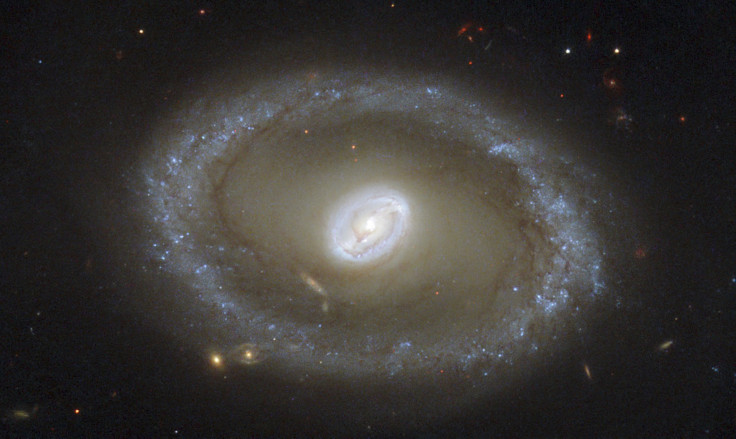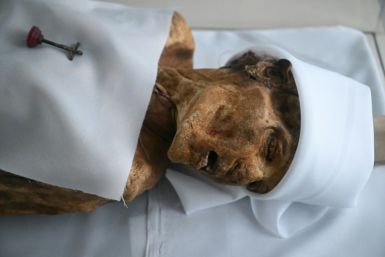Supermassive Discovery: Researchers Find Huge Black Hole 12 Million Times The Mass Of The Sun

A study by astronomers have found a black hole about 12.8 billion light years away and was from about 900 million years after the big bang though the Sloan Digital Sky Survey. The black hole had a mass of 12 billion times more than the Sun. The study was published in the journal Nature on Feb 25.
According to the Sydney Morning Herald, the black hole was the most luminous object that had been seen in ancient space. It was reported that the brightness of the black hole was 420 trillion times that of the Sun. Bram Venemans, a researcher from the Max Planck Institute for Astronomy, said that the newly discovered black hole was more than twice the mass of black holes that were previously found and were of similar age.
The researchers were surprised looking at both the brightness and the size of the black hole, considering that it was in existence close to the the dawn of time. The black hole was detectable even with a small telescope. Researchers in China got in touch with the astronomers in the United States and Chile to get a high-resolution image of the black hole.
Dr Fuyan Bian, a Stromlo Fellow in the Research School of Astronomy and Astrophysics at The Australian National University, said that when they found the black hole, they were excited as they found something that they never thought they would find. He said that it was hard to make such supermassive black holes early in the universe. He added that they needed to find a new theory that supported the fast growth of the supermassive black hole.
The discovery challenged all theories that exist about black holes. The lead author of the study and professor of astrophysics at the Peking University, Xue-Bing Wu, said that they did not have satisfactory theory to explain the massive black hole when the universe was young. He added that his team was using the quasar, known as SDSS JO100+2802 and is a distant celestial body, as a beacon for finding other space objects.
He compared the unique quasar to a lighthouse sitting in a distant universe and said that it gave them an opportunity to see objects that were in between the planet and the blackhole by illuminating it. He added that it provided them a chance to "understand things between the distant galaxy and ours."
To report problems or to leave feedback about this article, e-mail: afza.kandrikar@gmail.com.






